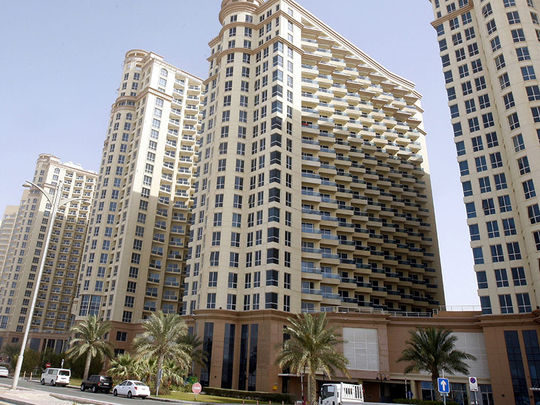
Dubai: Rents on homes are on the decline in Dubai, but the drops will continue to be gradual and within a smaller range.
Tenants are unlikely to get the sharp cuts on their rental payments many had been hoping for in 2018. Even if they were to move to a new location, the savings will continue to be within a certain range.
“As the next cycle of lease renewals inspire re-locations, particularly among tenants whose rents are yet to reflect the softening market, we expect rents to continue softening,” according to a new forecast on Dubai’s rental market brought out by Core Savills, the consultancy. “Although widespread, the magnitude of these drops is expected to remain limited.”
This is underscored by official data. In its latest update to the Dubai Rental Index, the rents across key locations are given as a wider range compared to previous years. So for instance, a particular location will now offer one-bedroom apartments for Dh60,000 as against Dh65,000 or Dh70,000 earlier. But the top end of the range continues to show lease rates of Dh80,000 and more.
Because of the sizeable gap, tenants and landlords will have to find some common ground in setting rents. And it will be up to individual landlords to decide how low they want to go to accommodate tenant demands.
Much then depends on how the economy is doing. Any sharp upturn in private sector activity will immediately have an impact on rents.
According to David Godchaux, CEO of Core Savills, “Given that Dubai continues to be largely reliant on expatriate tenant demand, the speed with which the city traverses its rental cycle is not surprising. As the UAE sees private sector-led growth, Dubai’s rental cycle is likely to decelerate and lengthen.”
In terms of specific categories, the prime residential rental market has “some more room to contract”, while newer products in the upper and mid-prime segment dilute demand. (On the yield side, however, with property “values also softening considerably, some products in this segment still hold yields values”, the report adds.) But in the office space, the action in terms of demand is all in the prime space. “Dubai’s prime office market has been outperforming consistently due to limited Grade A supply and unmet underlying demand from large international occupiers wanting to set-up/expand their regional operations,” the report says.
“However, the pace of upward movement in prime rents is expected to moderate as the upcoming stock gradually self-adjusts with new prime stock anticipated to exceed new Grade B supply for the first time in the last 10 years. This is expected to create a healthy balance between supply and demand as more options become available for large corporates to choose from.”
The secondary office market continues to be lag due to “strong headwinds” faced from a large amount of existing and upcoming stock. But there have been marginal improvements in demand.
“As demand for Grade B and C office space starts increasing again, we still expect a significant lag in absorption for the existing vacant stock,” Core Savills notes. “For this reason, we are very cautious about any chance of an upward movement in secondary market rents in the next 12-18 months.”












